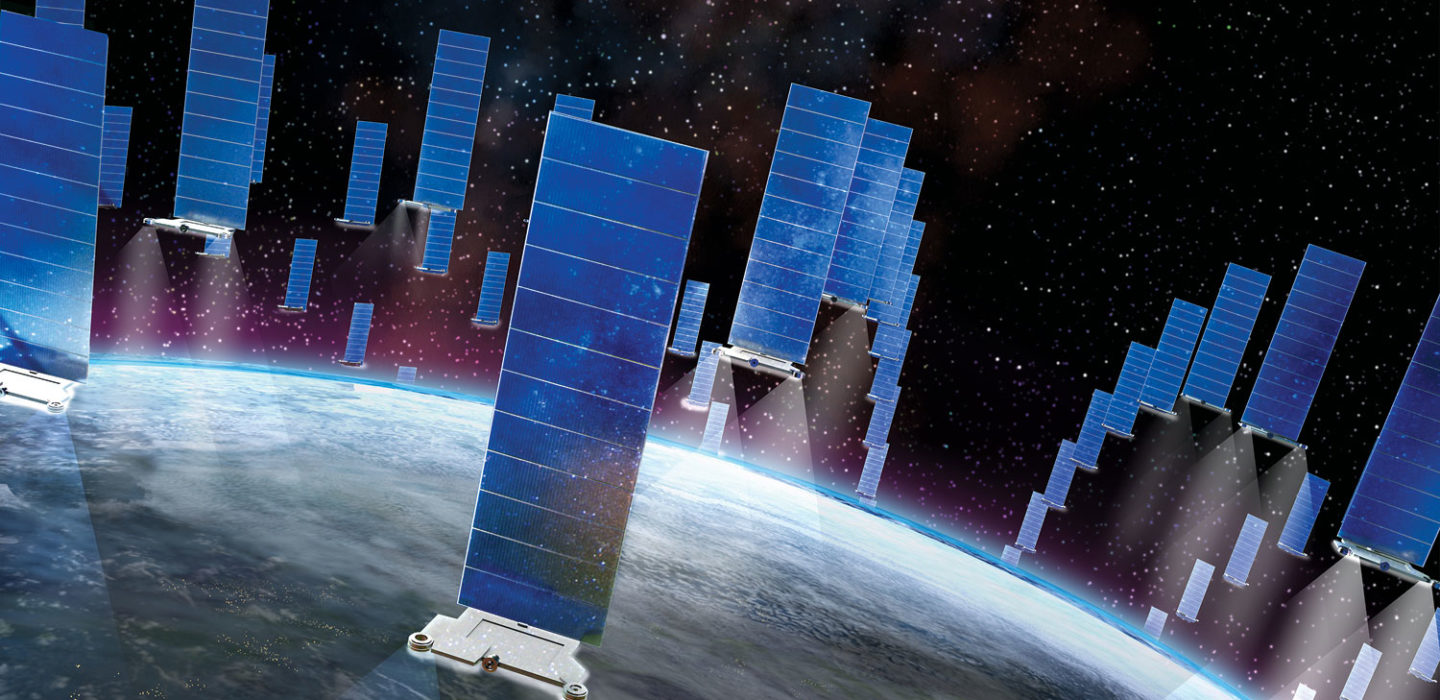Why do Starlink Satellites Use Krypton for Electric Propulsion Instead of Xenon?
Decoding Starlink's Choice: Krypton vs. Xenon for Satellite Propulsion 🛰️ Explore Reasons Behind SpaceX's Innovative Decision! 🚀

In the vast realm of space technology, where every ounce of efficiency and innovation counts, the choice of propulsion for satellites becomes a pivotal decision. Starlink, the ambitious satellite internet constellation project by SpaceX, employs a unique approach by utilizing krypton gas for electric propulsion, rather than the more conventional xenon. This decision is underpinned by several factors that intertwine technology, efficiency, and operational considerations.
Advertisement
Introduction
The cosmos has become more accessible than ever, with satellite constellations transforming how we communicate, navigate, and explore. As we delve into the intriguing choice of propellants for Starlink satellites, a deeper understanding of electric propulsion and the rationale behind the preference for krypton over xenon emerges.
Understanding Electric Propulsion
Electric propulsion involves using electric fields to accelerate and expel propellant material, generating thrust. Unlike traditional chemical propulsion, which relies on the combustion of propellant, electric propulsion is more efficient and can sustain thrust over extended periods. This technology is particularly advantageous for satellites that require precise orbital adjustments and long operational lifetimes.
Xenon vs. Krypton: The Propellant Dilemma
Xenon and krypton are noble gases that make excellent propellants due to their low ionization potentials, enabling efficient ionization and expulsion in electric thrusters. Xenon, despite its popularity in space propulsion, is relatively scarce and expensive. This limitation has led to the exploration of alternatives like krypton, which offers a compromise between efficiency and availability.
Starlink satellites use krypton for electric propulsion instead of xenon because krypton is much cheaper than xenon. Xenon is the most common propellant for ion thrusters, but it is also the most expensive. Krypton is a less expensive alternative that provides similar performance.
Advertisement
Here is a table that compares the two propellants:
| Property | Xenon | Krypton |
|---|---|---|
| Price | $10,000 per kilogram | $1,000 per kilogram |
| Ionization potential | 12.13 eV | 13.99 eV |
| Specific impulse | 210 seconds | 200 seconds |
| Thrust | 0.001 N/kW | 0.0009 N/kW |
As you can see, krypton is about 10 times cheaper than xenon, but it has a slightly lower ionization potential and specific impulse. This means that krypton thrusters will require more power to operate, but they will also produce more thrust.
In the case of Starlink satellites, the lower cost of krypton outweighs the slightly lower performance. This is because SpaceX plans to launch thousands of Starlink satellites, and the cost of the fuel will be a significant factor. By using krypton, SpaceX can save millions of dollars on the fuel for its Starlink constellation.
Advertisement
Advantages of Krypton Propulsion
- Cost-Effectiveness: Krypton is more abundant on Earth than xenon, making it a cost-effective choice for a project as massive as Starlink.
- Higher Thrust Levels: Krypton's lower molecular mass results in higher exhaust velocities, translating to better thrust performance for a given power input.
- Ionization Efficiency: Krypton's ionization potential is lower than xenon's, allowing for more efficient ionization and thus enhanced thrust generation.
- Operational Flexibility: Krypton's properties make it adaptable to a wide range of satellite missions and orbital maneuvers.
Operational Considerations
The decision to use krypton over xenon is not solely based on technical advantages. Operational factors also play a significant role. Krypton's availability and affordability align with Starlink's goal of creating a large-scale, economically viable satellite network. This choice ensures that a constellation as extensive as Starlink remains financially sustainable.
SpaceX's Vision for Starlink
SpaceX's visionary CEO, Elon Musk, envisions Starlink as a means to provide global, high-speed internet coverage. To realize this goal, cost efficiency and operational sustainability are crucial. Krypton propulsion aligns with this vision by striking a balance between performance and financial viability.
Environmental Impact and Sustainability
Beyond the technical realm, environmental considerations also factor into the choice of propellant. Krypton's greater abundance on Earth and its reduced environmental impact make it a more sustainable choice compared to xenon. This resonates with the growing emphasis on responsible space exploration.
Challenges and Future Prospects
While krypton propulsion offers a host of advantages, challenges persist. Research continues to optimize krypton-based propulsion systems, addressing issues like efficiency and integration complexities. As technology evolves, these challenges could be overcome, further solidifying krypton's role in future space missions.
Advertisement
Conclusion
In the dynamic universe of satellite technology, the decision to use krypton for electric propulsion in Starlink satellites reflects a holistic approach that considers technical, operational, financial, and environmental aspects. The utilization of krypton showcases SpaceX's commitment to innovation and sustainability, as the company pioneers the way we connect and explore beyond our planet's boundaries.
FAQs
Why was krypton chosen over xenon for Starlink satellites?
Krypton offers a compelling balance between efficiency, availability, and cost-effectiveness, aligning with Starlink's mission.
What are the advantages of krypton propulsion?
Krypton's benefits include cost-effectiveness, higher thrust levels, and adaptability to various missions.
How does electric propulsion work in space satellites?
Electric propulsion uses electric fields to accelerate and expel propellant, generating thrust more efficiently than traditional methods.
Who is behind the Starlink project?
The Starlink project is led by SpaceX, a private aerospace manufacturer and space transportation company founded by Elon Musk.
What is the significance of sustainable space exploration?
Sustainable space exploration considers environmental impact and responsible resource utilization, ensuring a viable future for space endeavors.